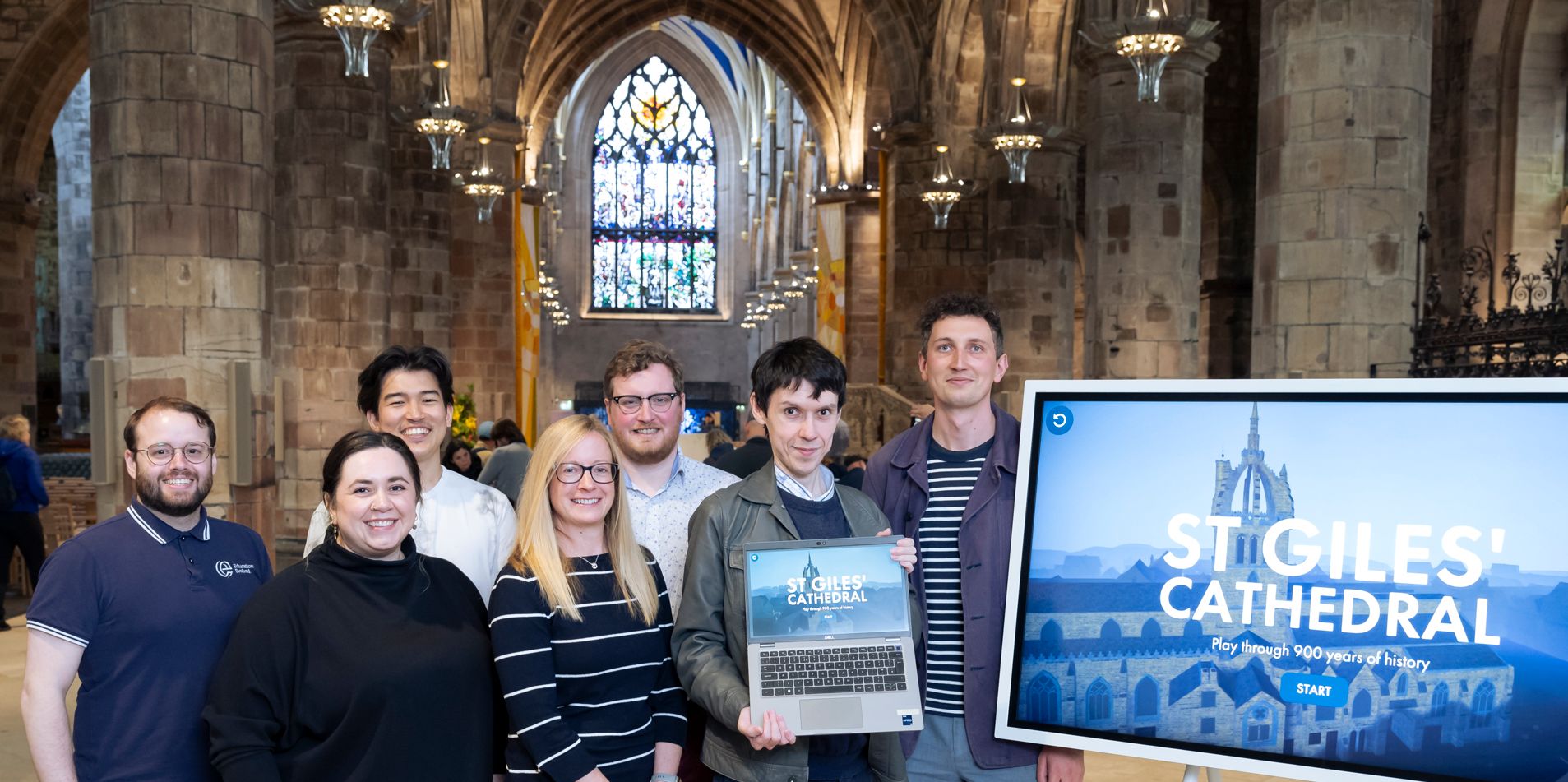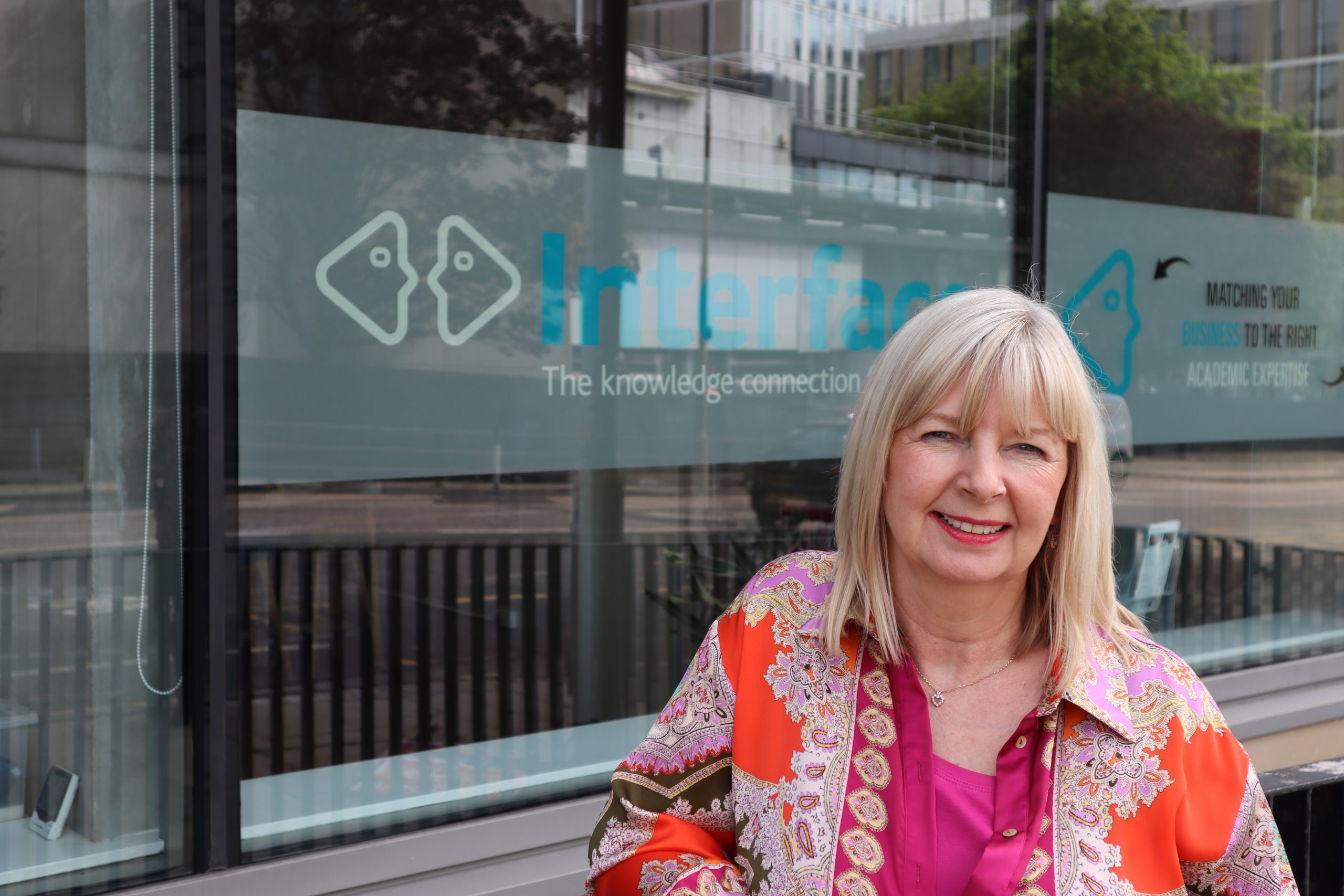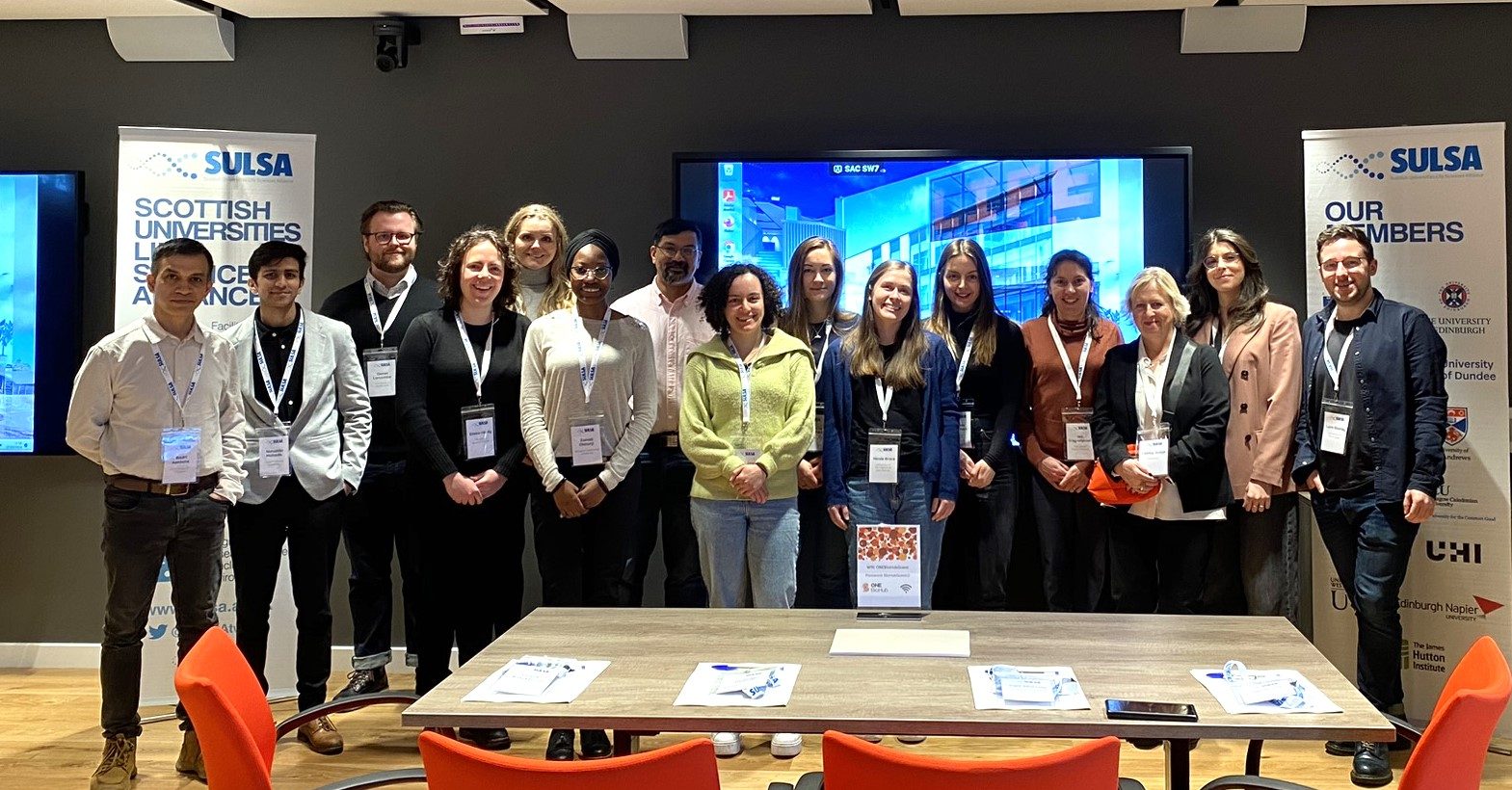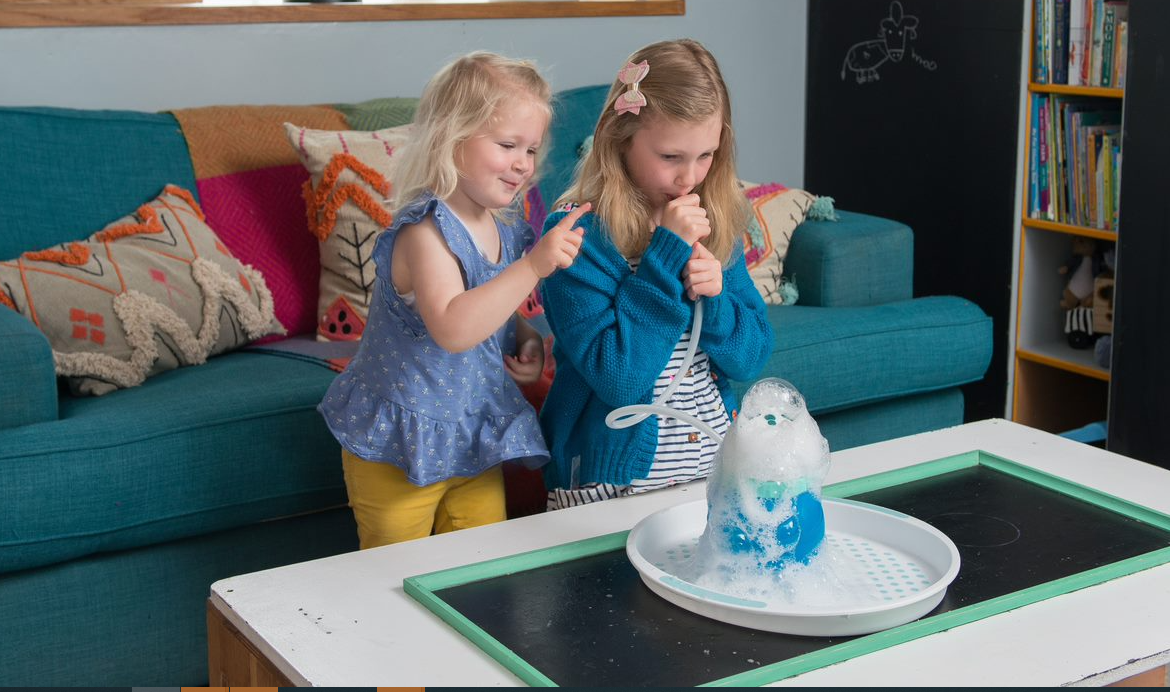Blog
Innovation keeps bopping along
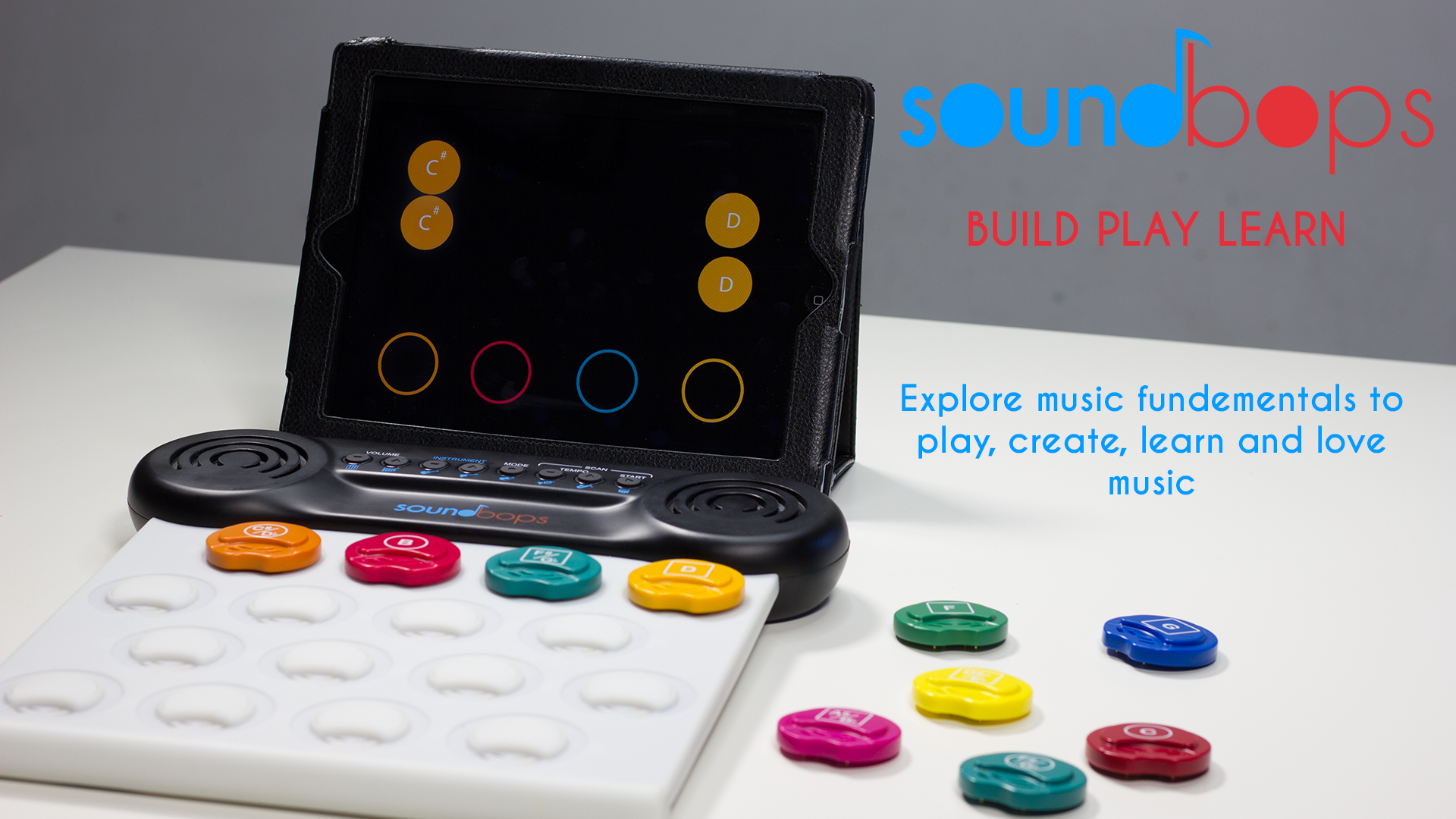
Scotland is home to a number of internationally recognised and world-leading colleges and universities, which are home to a wealth of expertise and experience. Scotland’s higher education institutes are also particularly commercially savvy, spinning-out more companies than any other region in the UK [Spinouts UK].
It should come as no surprise, because the country has a long and famous history of producing life-changing innovations – including the steam engine which drove the industrial revolution, lifesaving medications such as penicillin, and modern day essentials such as refrigerators and televisions.
This tradition of innovation continues today – not just with universities, but also with businesses operating across a range of industries, from food and drink and tourism, to renewable energy and engineering.
One such example is Soundbops (founded by University of Glasgow graduate Michael Tougher). The company is developing a brand new instrument to engage children with playing music. Marks & Clerk is assisting Soundbops in securing protection for its product and branding, to help give the company the strongest possible position in the marketplace.
Scotland’s world-class researchers and businesses can work together to help drive further innovation. Such relationships between academics and businesses can be mutually beneficial: businesses can gain access to incredible resources, and academics can gain a commercial outlet for their work.
These collaborations often generate valuable intellectual property such as new product designs; visually appealing or easy-to-use items; innovative applications of materials; new installation, production or operating methods; and much more. However, once the fruits of any such collaboration are made public, third parties may seek to exploit any intellectual property without investing in the creative and innovative skill required to produce them.
Fortunately, there is much that can be done to protect intellectual property from unfair exploitation by third parties.
Various forms of protection (such as patents and trade marks) can be an important element in protecting intellectual property. For example, a patent can be used to stop others making and selling an invention, while a trade mark can be used to prevent others from exploiting a brand.
Bear in mind, however, that protecting your intellectual property can be made more difficult if issues – such as who owns, who can protect, and who can use any resulting inventions and other creations are not specified at the start of a collaboration.
One way to mitigate such difficulties is to have a written agreement between the parties in place before any work begins. Having such agreements in place in advance can make it easier to protect the results of the collaboration.
That protection can then be used to help ensure the results of the collaboration go to the intended owner, and prevent other companies benefiting from the results of the hard work!
To find out more about Soundbops watch this video.
